| The
Two RV Gypsies: Full-Time RVers at Fort Matanzas National Monument 8635 Aia S Ste A Saint Augustine, Fl 32080 August 25, 2014 |
|---|
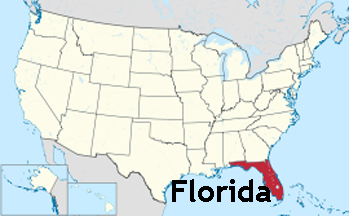 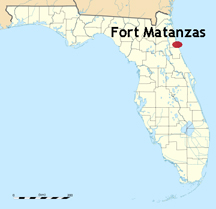 |
| The
Two RV Gypsies: Full-Time RVers at Fort Matanzas National Monument 8635 Aia S Ste A Saint Augustine, Fl 32080 August 25, 2014 |
|---|
  |
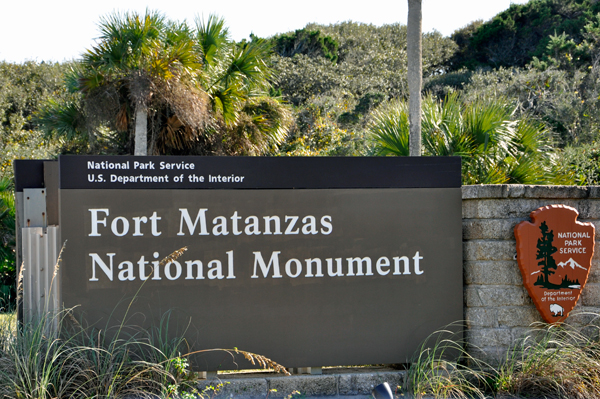 |
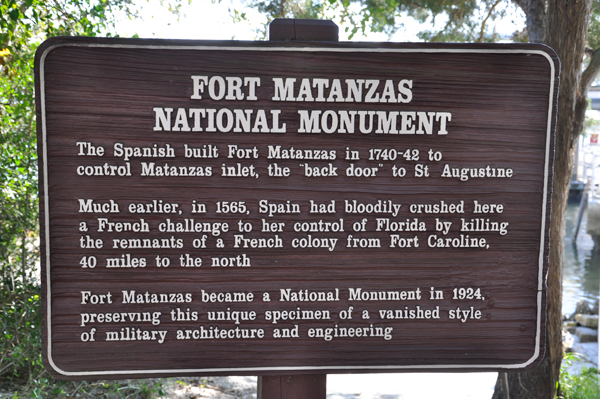 |
|---|---|
 |
|
Below: The dock behind the Visitors Center. The two RV Gypsies waited for their very short boat trip to Fort Matanzas. This was the only way to get to Fort Matanzas, but there was no charge. However, the visitor center and surrounding grounds remain open seven days a week.Fort Matanzas Visitor Center is open daily from 9:00 a.m. to 5:30 p.m.· Limited Parking - Carpooling is strongly recommended - No parking for oversized vehicles available.· Nature trails, fishing access, picnic area and basic visitor information services are available.· Public restrooms are open.. Ferry Service to Fort Matanzas is operating Wednesday-Monday only. The ferry will be closed on Tuesdays.While the listed areas are accessible for visitors to enjoy, some
services may be limited. |
|
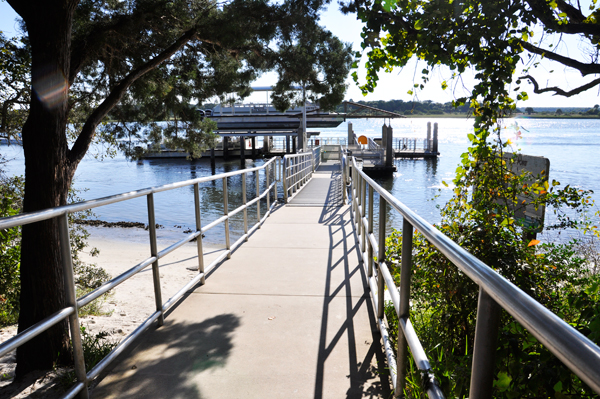 |
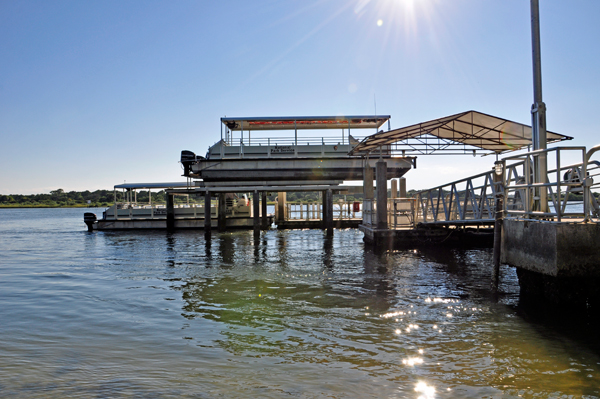 |
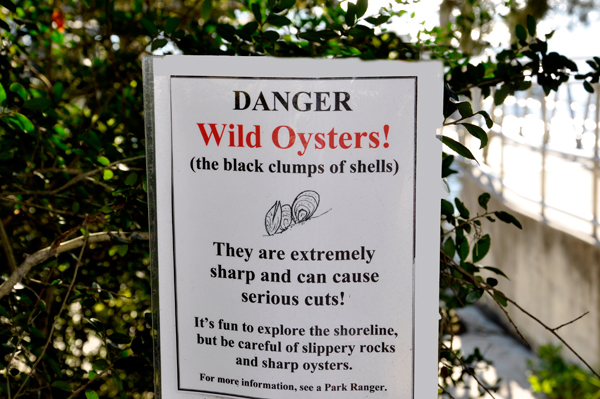 |
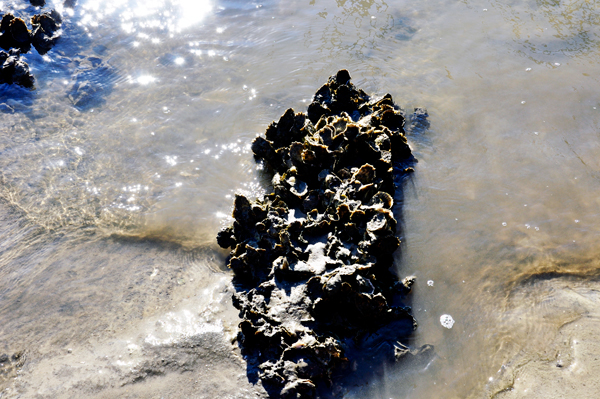 |
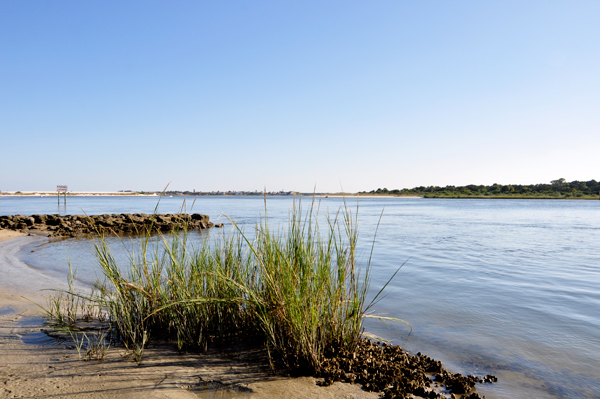 |
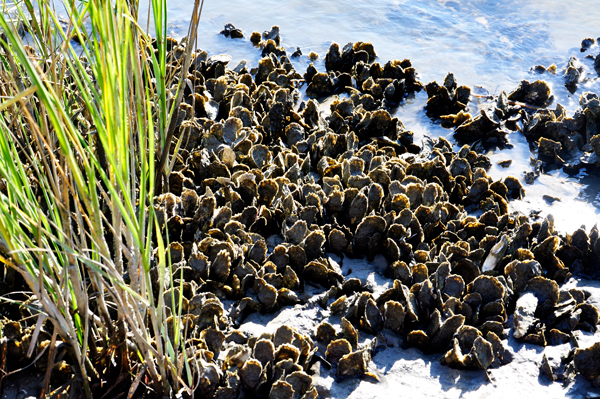 |
Below: View of Fort Matanzas from the boat ramp. |
|
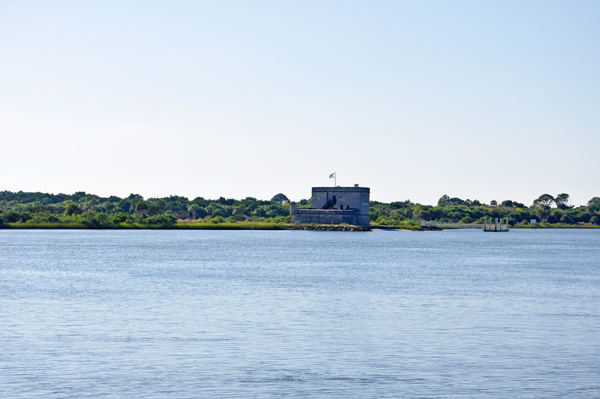 |
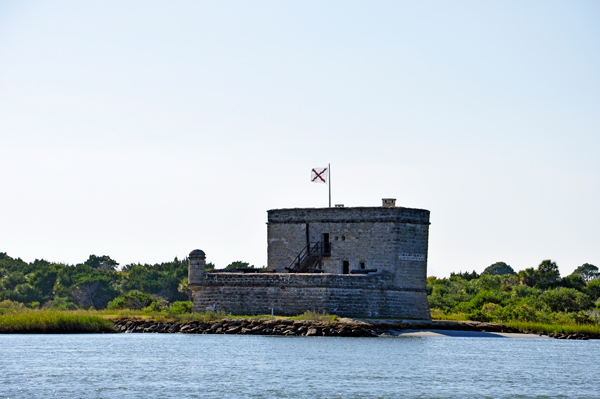 |
There are more photos below the Fort Matanzas history, so if you do not want to read the history, just scroll down the page, but the history is interesting. |
|
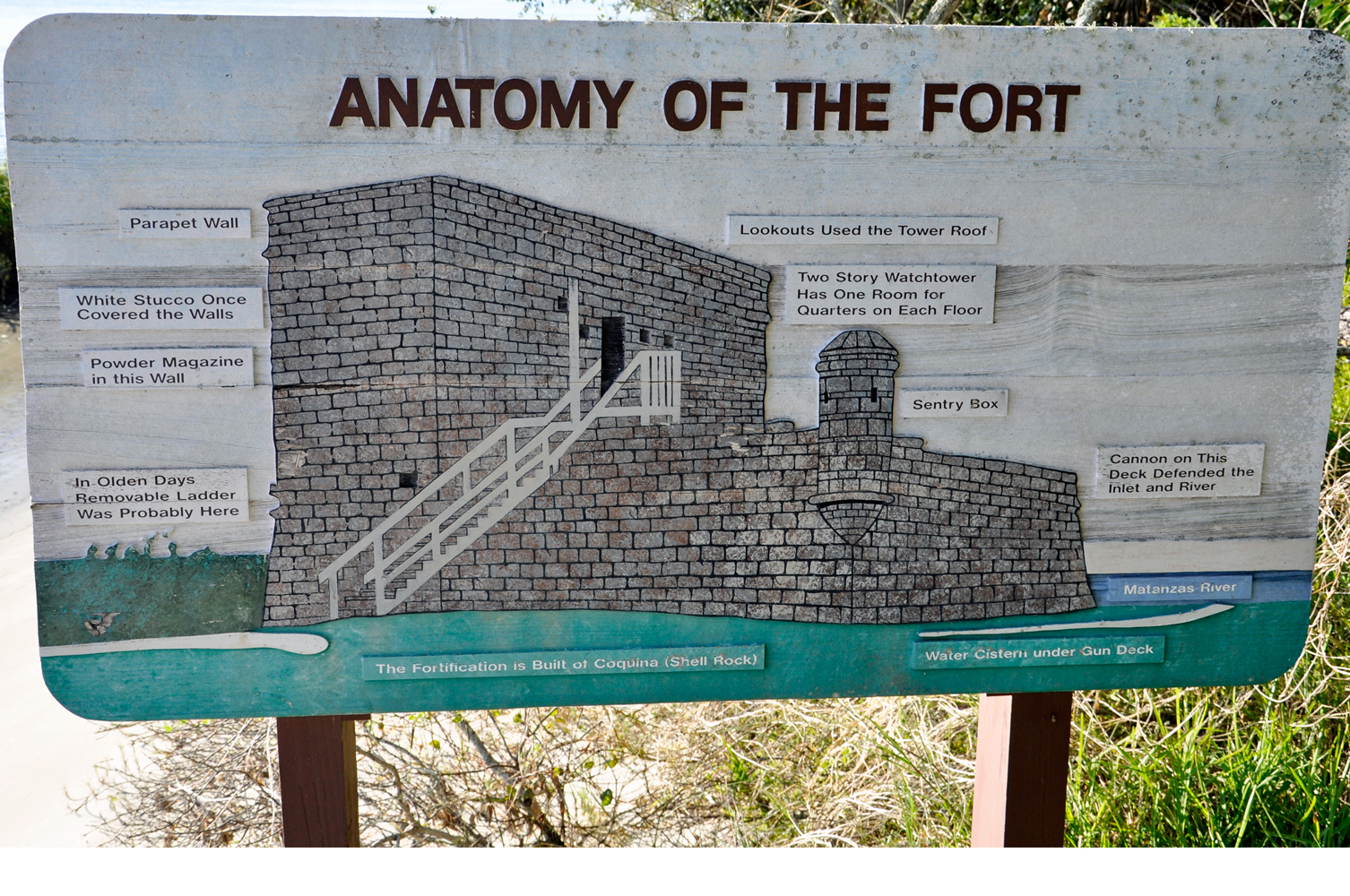 |
|
|
|
Fort Matanzas National Monument was designated a United States National Monument on October 15, 1924. The monument consists of a 1740 Spanish fort called Fort Matanzas, and about 100 acres of salt marsh and barrier islands along the Matanzas River on the northern Atlantic coast of Florida. It is operated by the National Park Service in conjunction with the Castillo de San Marcos National Monument in the city of St. Augustine.
|
|---|
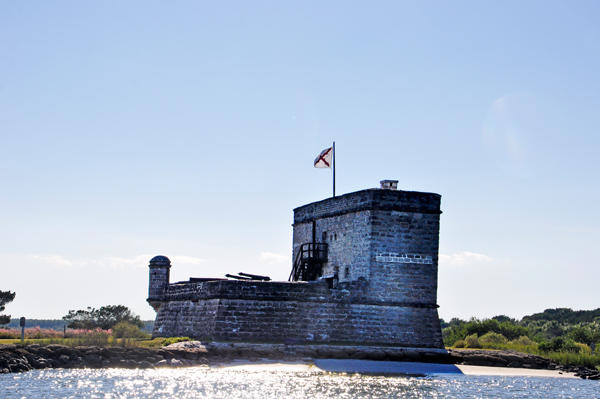 |
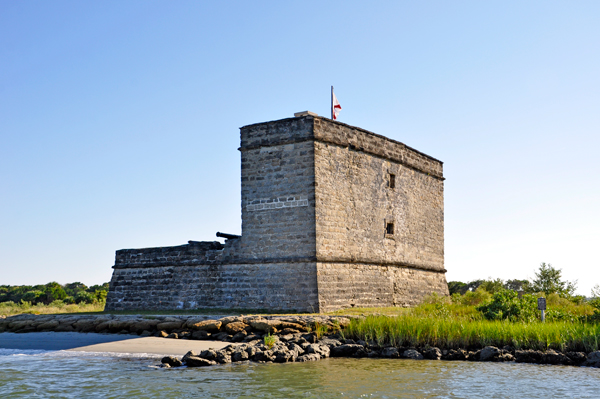 |
|---|---|
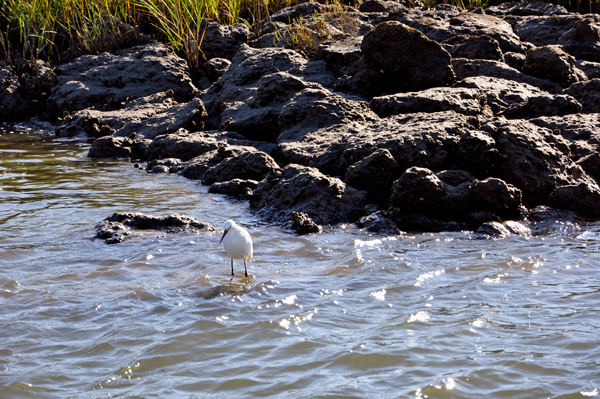 |
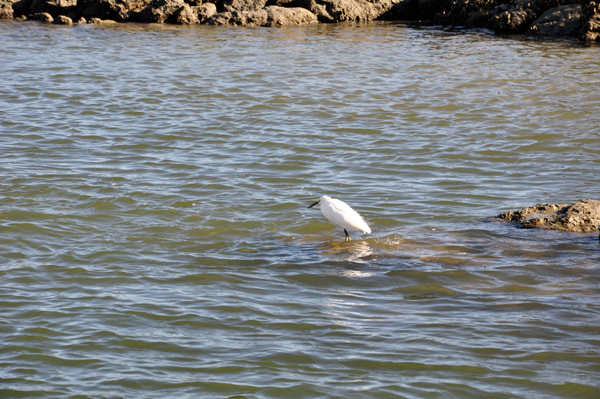 |
Below: After climbing up a few regular stone steps, Lee Duquette reached the first deck of the fort. Inside the building, there was a steep ladder and a narrow hole leading to the upper deck. |
|
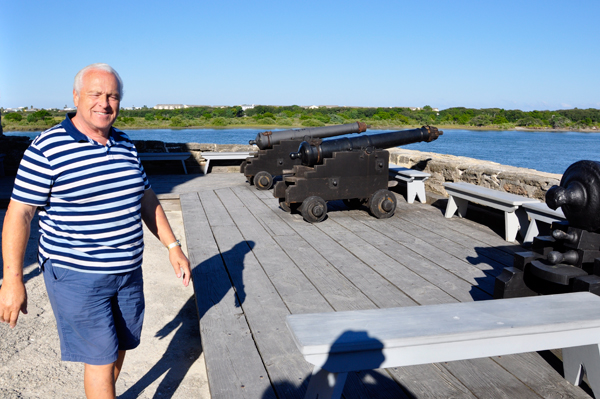 |
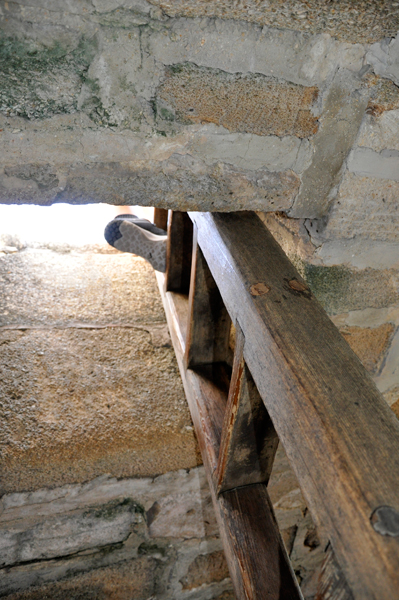 |
Below: Stuff inside Fort Matanzas |
|
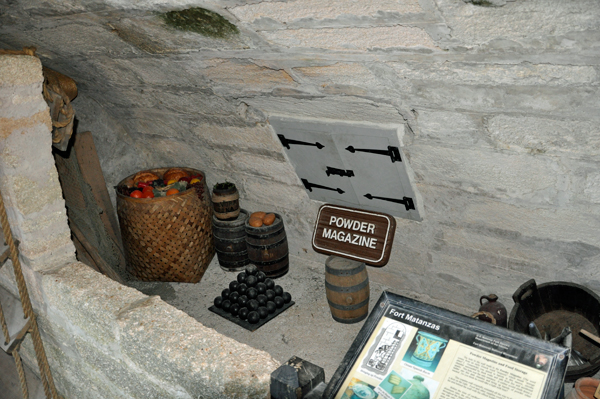 |
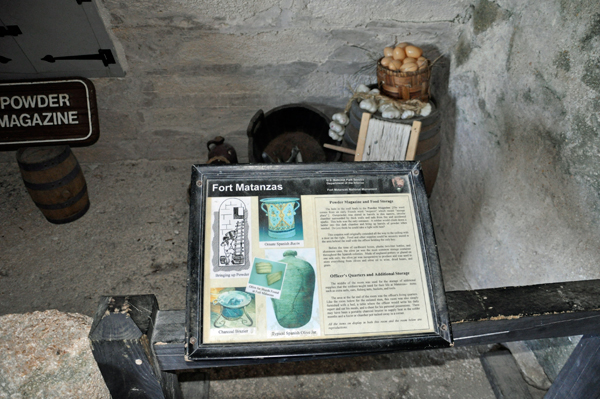 |
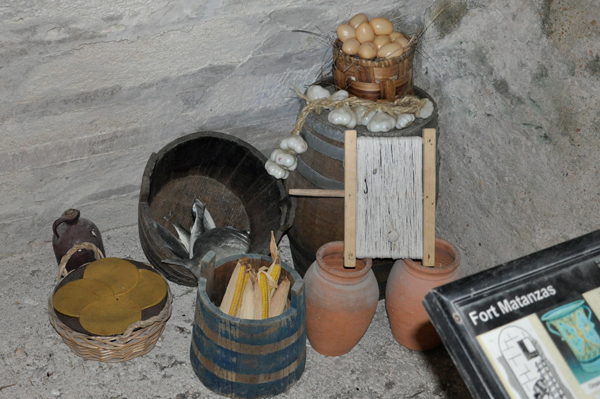 |
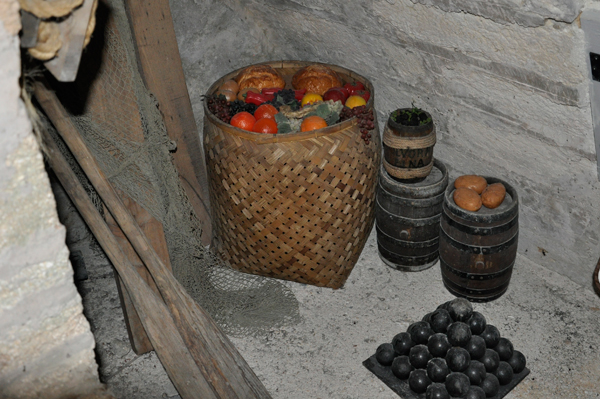 |
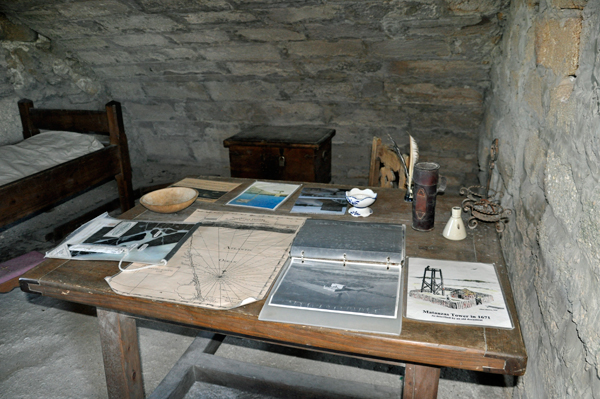 |
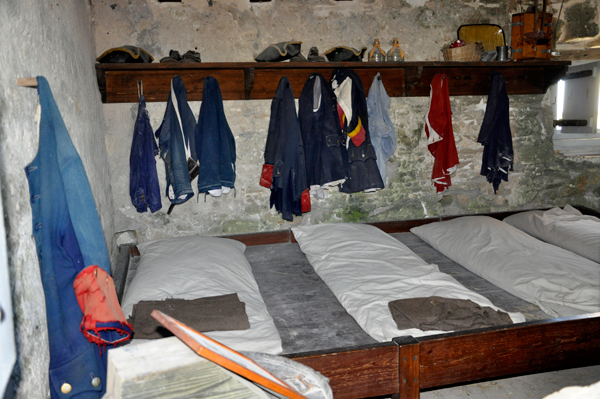 |
Below: Karen Duquette took a photo of Lee Duquette , who was checking out the grounds and photographing Karen who was on the deck of Fort Matanzas. |
|
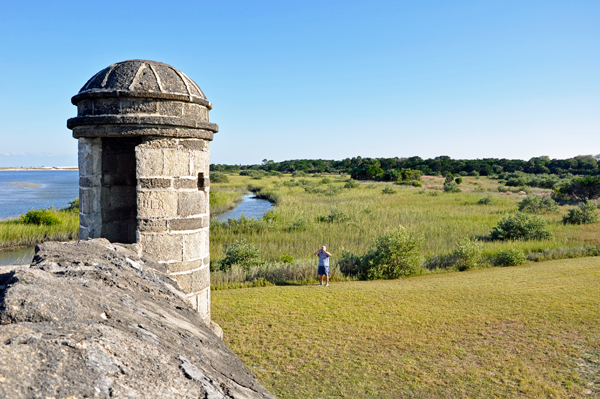 |
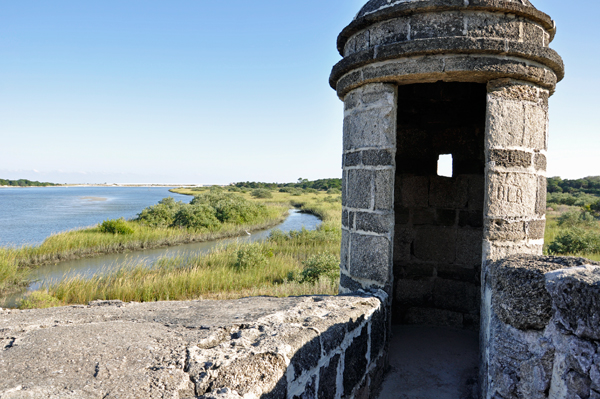 |
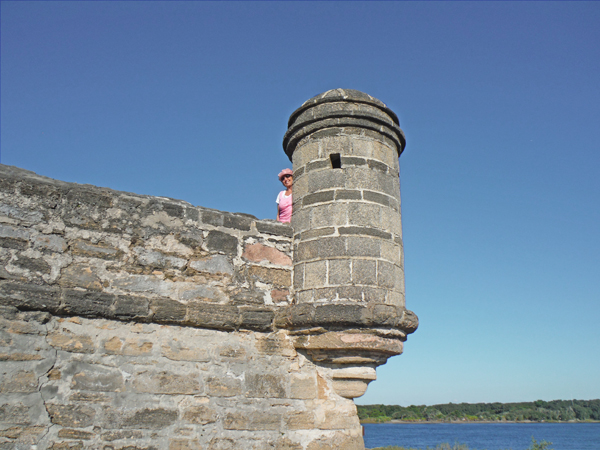 |
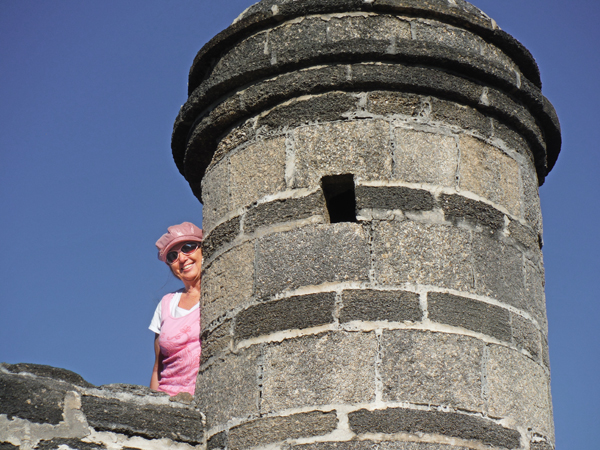 |
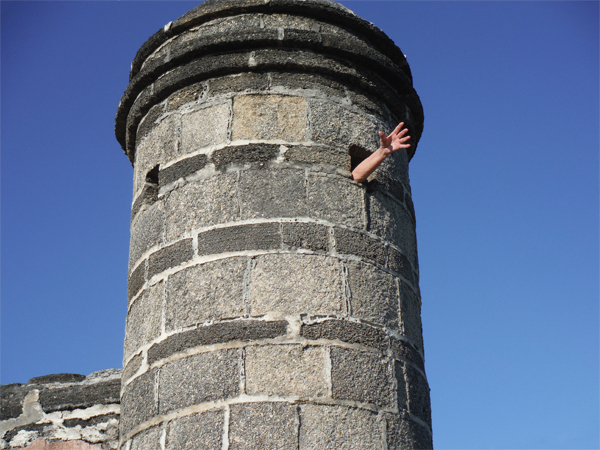 |
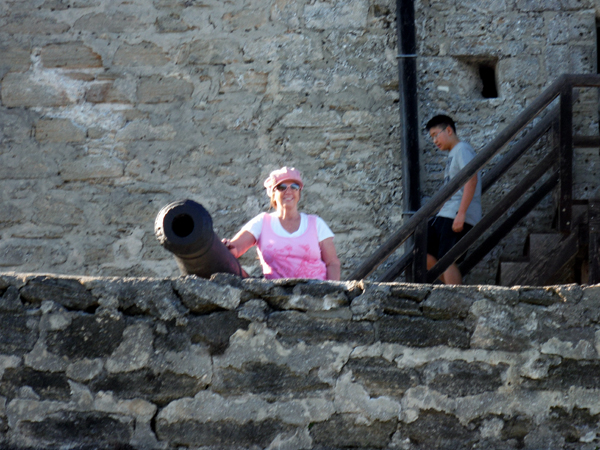 |
Below: Panorama of The Matanzas River and the Visitor Center |
|
 |
|
 |
|
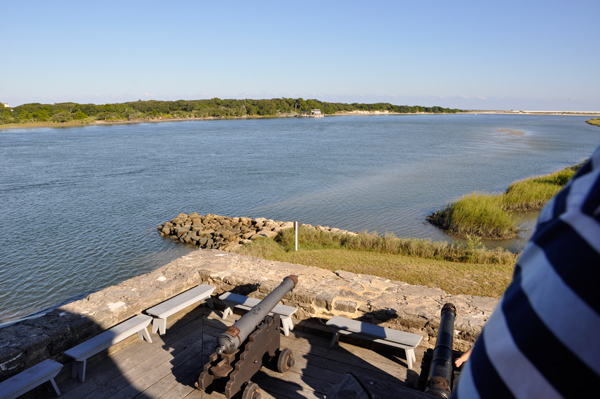 |
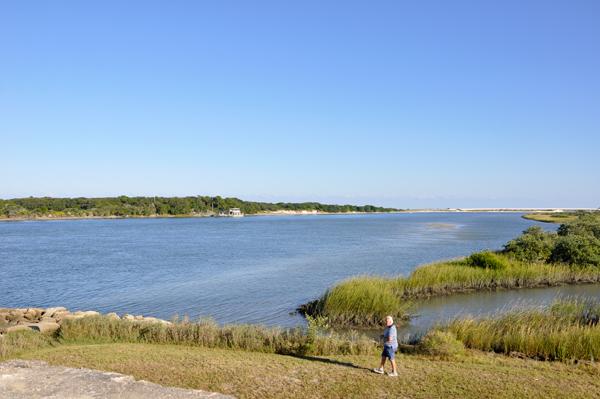 |
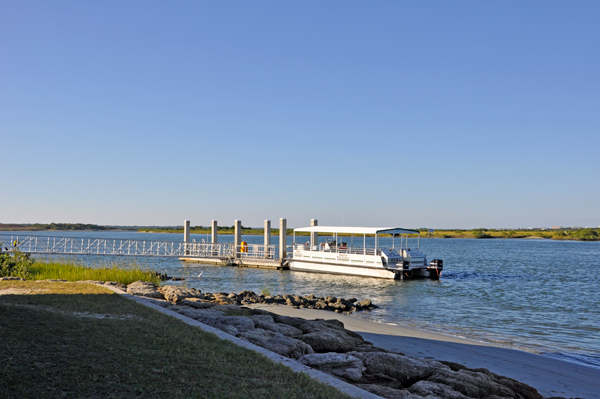 |
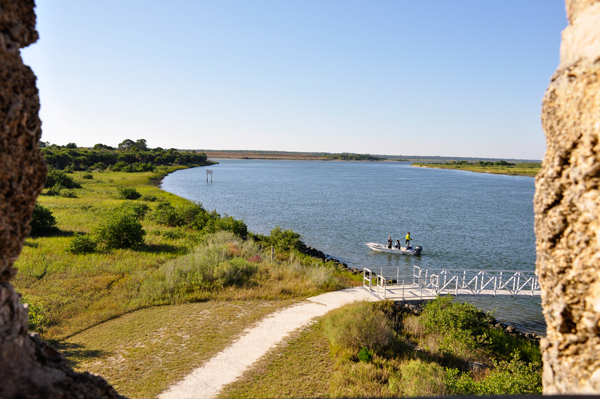 |
Below: Lee Duquette was the first person ready for the return boat ride to the Visitor Center. |
|
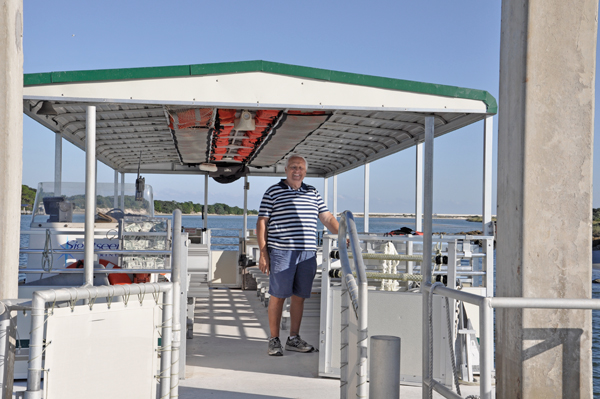 |
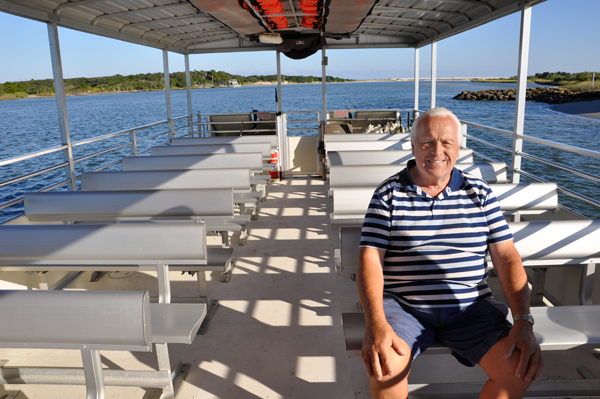 |
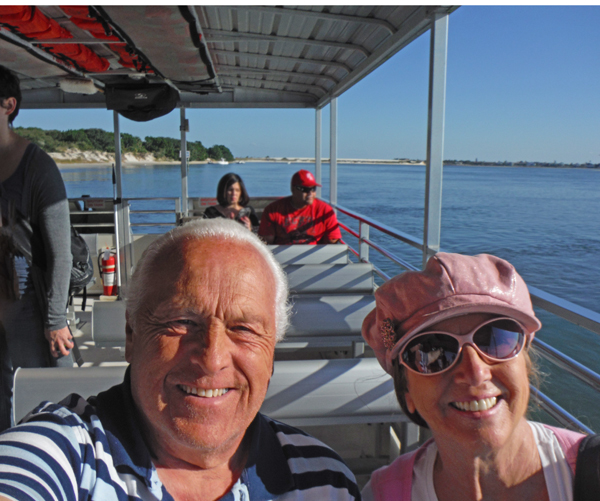 |
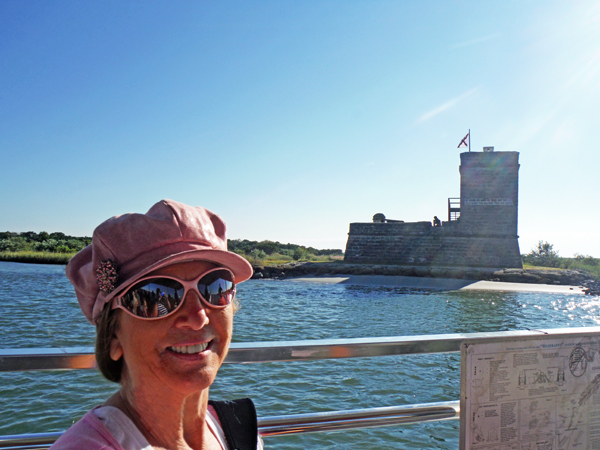 |
| Menu
for the two RV Gypsies in St. Augustine, Florida and surrounding areas October 25, 2014 You may visit these 3 sections in any order you choose. |
|||||||||||||||||||||||||||||||||||||||||||
St. Augustine Lighthouse |
Fort Matanzas (this page) |
||||||||||||||||||||||||||||||||||||||||||
St. Augustine Sculpture Garden at Lakeside Park |
|||||||||||||||||||||||||||||||||||||||||||
 |
|||||||||||||||||||||||||||||||||||||||||||
|
|||||||||||||||||||||||||||||||||||||||||||
ORContinue Navigation in the order of your choice
|
|||||

|
|||||
 |
 |
 |
 |
 |
|
 |
 |
 |
 |
 |
|
 |
 |
 |
 |
 |
 |
 |
 |
 |
 |
 |
 |